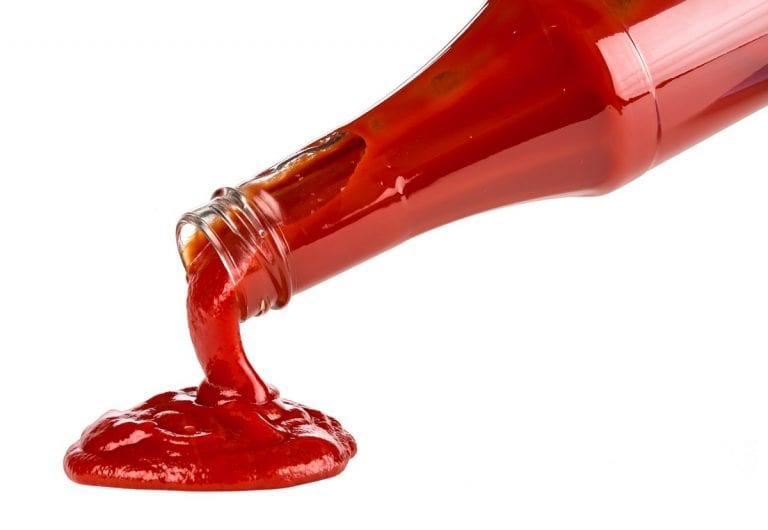It may not be news to many, but it happens not infrequently to find plastic bottles, dispensers and open bottles from who knows how long kept out of the refrigerator in fast food restaurants and clubs. The correct method of storing sauce, however, is another: once the package is opened, it should be stored in the refrigerator. Kraft Heinz's word.
Keep ketchup out of the refrigerator
And if an industrial sauces giant says so, it's to be believed. "Ketchup goes in the fridge!!!" is the tweet posted by the manufacturer a few days ago, which was followed by a survey on social. More than 62 percent of respondents said they keep the condiment in the refrigerator, while 26.8 percent continue to store it in the pantry even once opened. A debate that has been going on for some time in America. Already the HuffPost some time ago had tried to answer the question, specifying that the storage technique depends mainly on the use of the product: if ketchup is used frequently, then it can also be kept at room temperature, while if the sauce is used sporadically, it is better to store it in the cooler.
The history of ketchup
In short, simple but not always obvious advice. Especially when it comes to the world's most famous tomato sauce, used in many typical fast food preparations, ubiquitous in diners (the legendary American diners) and served with any dish in pubs. A condiment symbolic of the United States but actually originated in Asia and originally made without tomatoes. The name comes from the Chinese term ke-tsiap, referring to a pickled fish sauce. Making its way to Malaysia, the product was first called kechap, a name that later became ketjap in Indonesia. It was seventeenth-century English sailors who first discovered the delights of this Asian condiment, which they decided to bring to the West. It was at the turn of the century, precisely in 1690, that ketchup first began to be mentioned in newspapers, also calling it catsup or catchup. The sauce, meanwhile, undergoes various changes in the recipe as well, most notably with the addition of tomato in the 1700s, although early versions were much more liquid. Kicking off the tomato ketchup trade was the Pittsburgh-based F. & J. Heinz Company in 1876, the same company that today recommends storing it in the refrigerator.

 One of the finest coffee shops in Southern Italy closes: it had brought specialty coffee to Pompeii
One of the finest coffee shops in Southern Italy closes: it had brought specialty coffee to Pompeii The Barbera d'Asti and Monferrato Wines Consortium: Guardian of UNESCO's oenological heritage
The Barbera d'Asti and Monferrato Wines Consortium: Guardian of UNESCO's oenological heritage The chef who brought the Michelin star to a remote village in Tuscia opens a restaurant in the center of Florence
The chef who brought the Michelin star to a remote village in Tuscia opens a restaurant in the center of Florence The 7 best Biancolella wines from Lazio and Campania chosen by Gambero Rosso
The 7 best Biancolella wines from Lazio and Campania chosen by Gambero Rosso From California to the Camino de Santiago. The journey of the courageous baker who returned to open a bakery in a remote village
From California to the Camino de Santiago. The journey of the courageous baker who returned to open a bakery in a remote village






